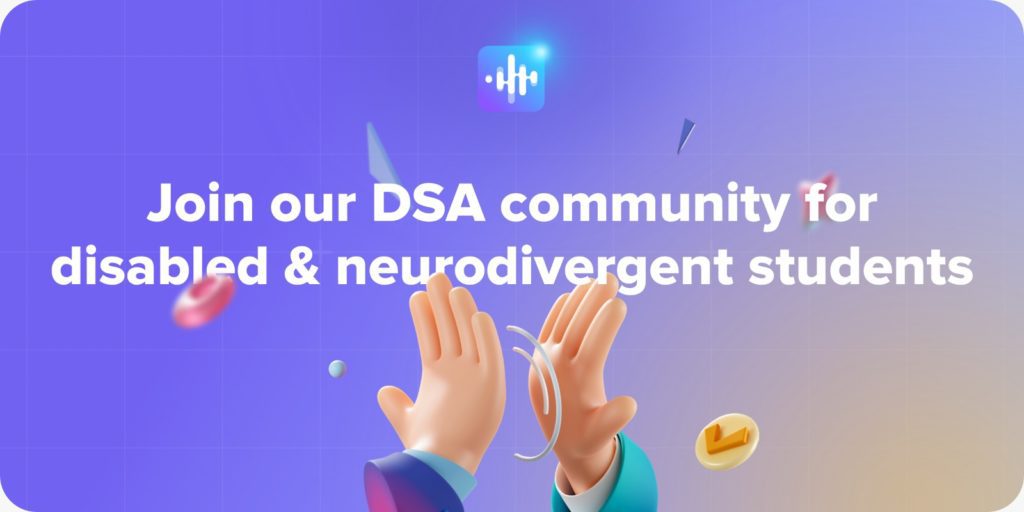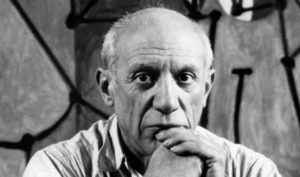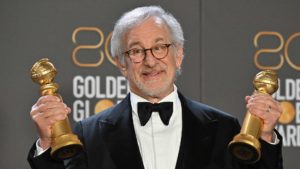
Having a dyslexia diagnosis can be challenging in many ways and this can often leave those with the disability doubting their chances to succeed in certain areas of life. Dyslexia is a condition which affects a person’s ability to read, write, spell and pronounce words correctly, as well as many other symptoms. Today we will be looking at just some of the many talented people who have pursued their passions and led successful careers whilst having dyslexia, to show that a diagnosis will not hold you back from your dreams.
 Robin Williams
Robin Williams
The late actor and comedian Robin Williams was diagnosed with dyslexia following struggles with speech and language as a child. Acting and comedy are two areas of work which require strong language skills, so how did he succeed despite his diagnosis? Williams joined the drama club at school and engaged in improv which can be an easier route for dyslexic people as there are less lines to be memorised. He attended Julliard briefly to study acting, but eventually discovered that his own methods worked more in his favour to accommodate his individual needs. Robin Williams is considered to be one of the most loved and achieved comedic actors of all time and used his dyslexia diagnosis in his favour as opposed to holding him back from success.
 Pablo Picasso
Pablo Picasso
Pablo Picasso was a Spanish artist in the 20th century who is famous for his approach to abstract art. Picasso was diagnosed with dyslexia due to his struggles in mainstream learning as he had “difficulty differentiating the orientation of letters”. Picasso turned to art as a form of expressing himself without the use of words and he described his unique painting style as creating objects in the way that he saw them. Often his paintings would appear upside down or reversed, which gives a visual representation of how dyslexic people often perceive language and words. Picasso stands as an incredible example of how a person can use their experiences of living with dyslexia to channel their emotional and creative side and produce unique and talented works of art.
 Lewis Hamilton
Lewis Hamilton
Lewis Hamilton is a British racing driver who was diagnosed with dyslexia at the late age of 17. Hamilton describes his childhood and growing up as extremely challenging due to the difficulties he experienced with school and learning. Being a dyslexic student without a formal diagnosis can be tough as you are not receiving any additional support for your disability but you also are comparing yourself to other non-disabled students. This can lead to feelings of disappointment, discouragement and low self-esteem levels in relation to learning and brain development, which is why obtaining a dyslexia diagnosis at a young age is so vital. Hamilton’s journey to success was heavily supported by his father, who helped him to develop a “never give up” mentality. He learned to recognise that failures are inevitable, but they don’t need to hold you back. “It’s part of the necessary journey to success.”
 Holly Willoughby
Holly Willoughby
Holly Willoughby is a British TV presenter who has spoken about her dyslexia diagnosis as being her “superpower”. During childhood, Willoughby experienced feelings of shame for struggling with spelling at school, however when she attended college she began to learn that dyslexia exists in the form of a spectrum and that there can be many forms (which you can read about here). Holly Willoughby stands as a proud advocate for dyslexic people because she wants others who struggle with the same difficulties to feel a sense of normality, but ultimately to teach them that having dyslexia can come with some amazing positive attributes such as creative thinking and problem solving. She claims, “It makes me who I am” and has played a positive role in the success of her presenting career.
 Jennifer Aniston
Jennifer Aniston
Jennifer Aniston is an American actress known for playing the character Rachel in the US sitcom F.R.I.E.N.D.S. The actress was diagnosed with dyslexia in her 20’s following an eye examination. Aniston has spoken about how before receiving her diagnosis she felt she wasn’t smart and was unable to retain anything, but following the identification of her dyslexia she learned to love the unique sides of her personality and approach to life. Being an actress can often be perceived as a challenging career for dyslexic people, but Aniston learned that it just means you often need to take a different approach to suit your individual needs.
 Tom Holland
Tom Holland
Tom Holland is a British actor who has been in the industry since childhood, and was diagnosed with dyslexia at the same age. He was enrolled in private school at age 7 following the diagnosis, but has gone on to have a successful career in the acting world. Holland has spoken out about his struggles with the condition as a result of frequently being called out on social media for grammar mistakes. However, Holland believes that his dyslexia diagnosis provides him with a unique skill which is being able to mimic and identify accents particularly well, proving a useful tool in his acting career. It’s a multisensory skill which relies on personal memory and Holland has emphasised the importance of taking things at a slower pace in order to succeed in all areas of life.
 Steven Spielberg
Steven Spielberg
Steven Spielberg is an Academy Award winning director who was diagnosed with dyslexia at the late age of 60. Spielberg struggled with language from a young age, learning to read two years later than his peers which led to experiences of bullying and shame at school. The director turned to films and movies as a way to immerse himself in stories as an alternative to reading which is how he developed his love and passion for the industry. Whilst Spielberg does still struggle with his script writing, his dyslexia diagnosis enables him to pay finer attention to details which plays an important role in enabling his work to stand out from the rest. He encourages his fans to pursue their dreams, and that they are not alone and assures that dyslexia won’t hold them back.
When we look at this collection of successful personalities who have lived with dyslexia, it is evident that this is a condition which provides both positive and challenging outcomes to a person’s life. Having dyslexia will most likely pose challenges in the language and literacy aspects of life, however these celebrities have shown that the key to success is to take a different approach towards reaching your dreams, and that taking it slow and steady is the secret. Utilise the unique skills which your dyslexia provides you with, such as a creative mindset to produce work which stands out in the best possible way.
Jamworks is a free note-taking software which can help students with dyslexia to build better grades and improve their revision at university. Both the Jamworks mobile and desktop apps are equipped with a wide range of accessibility features such as font changes, sizing, page colour options and much more that can make consuming content easier for dyslexic students.
Get started today with Jamworks to make the most of these adaptable and useful features – click here to see more.
